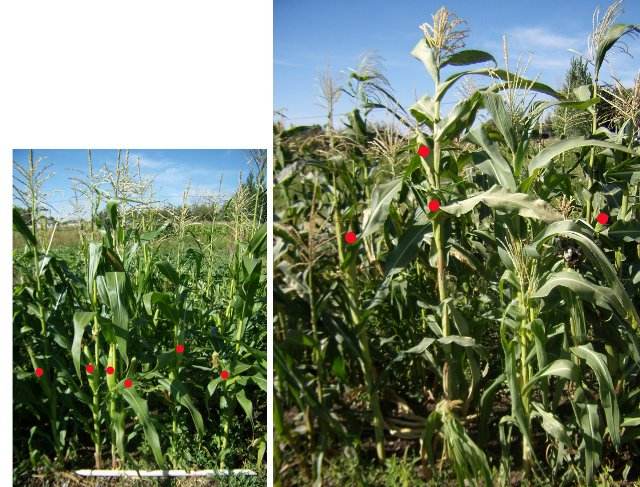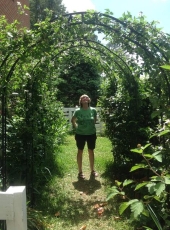

 10
10









It's never too late to start! I retired to homestead on the slopes of Mauna Loa, an active volcano. I relate snippets of my endeavor on my blog : www.kaufarmer.blogspot.com

 2
2





































"People may doubt what you say, but they will believe what you do."













Wes Hunter wrote:This is a really interesting topic, and one that is quite timely as I sit here shelling dry beans.
I grew a handful of cornfield-type beans this year, and though they were mostly meant/developed for green bean production we are using them as dry beans. (Our bush beans tend to get quickly overgrown and thus don't yield well.) A couple of varieties--"Genuine Cornfield" and "Cherokee Cornfield", both from Southern Exposure--have nice slender seed pods that are fairly brittle when dry and shell moderately easily. One variety, "Turkey Craw," has thick meaty pods (when green and when dry) and is a literal pain to shell. But Turkey Craw is prolific, putting out loads of pods per plant, so it's kind of a trade-off. Turkey Craw is a beautiful dry bean, too, which is another point I want to consider when choosing varieties. Pure practicality is soul-killing.
We planted a lot more Turkey Craw this year, because we had grown it the past couple years and had a good supply. But going forward we'll probably grow a smaller percentage, because of the shelling difficulties, as long as our total production is sufficient.
And there are, of course, intermediate-scale technologies to be considered. I recall, for example, the plans for a bean-shelling "machine" made from an old reel mower, in a back issue of Small Farmers Journal. Such a harvesting/processing aid is surely somewhere between human-scale and big machinery, and would fit into this discussion.









 1
1




“The most important decision we make is whether we believe we live in a friendly or hostile universe.”― Albert Einstein






|
Aaaaaand ... we're on the march. Stylin. Get with it tiny ad.
Freaky Cheap Heat - 2 hour movie - HD streaming
https://permies.com/wiki/238453/Freaky-Cheap-Heat-hour-movie
|









